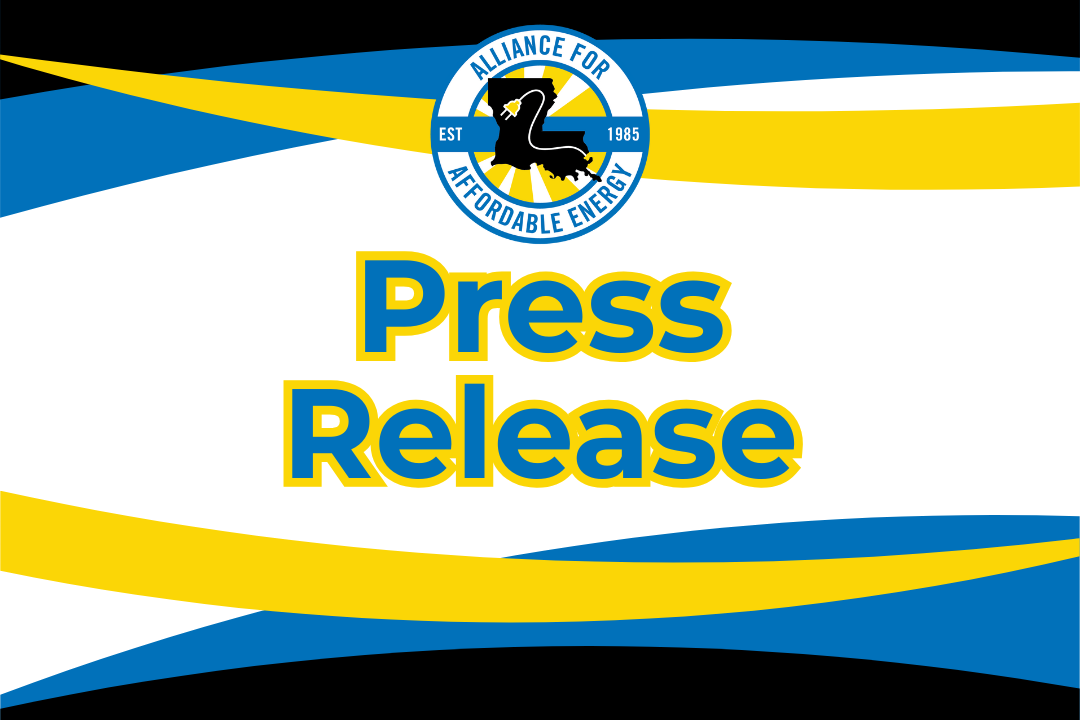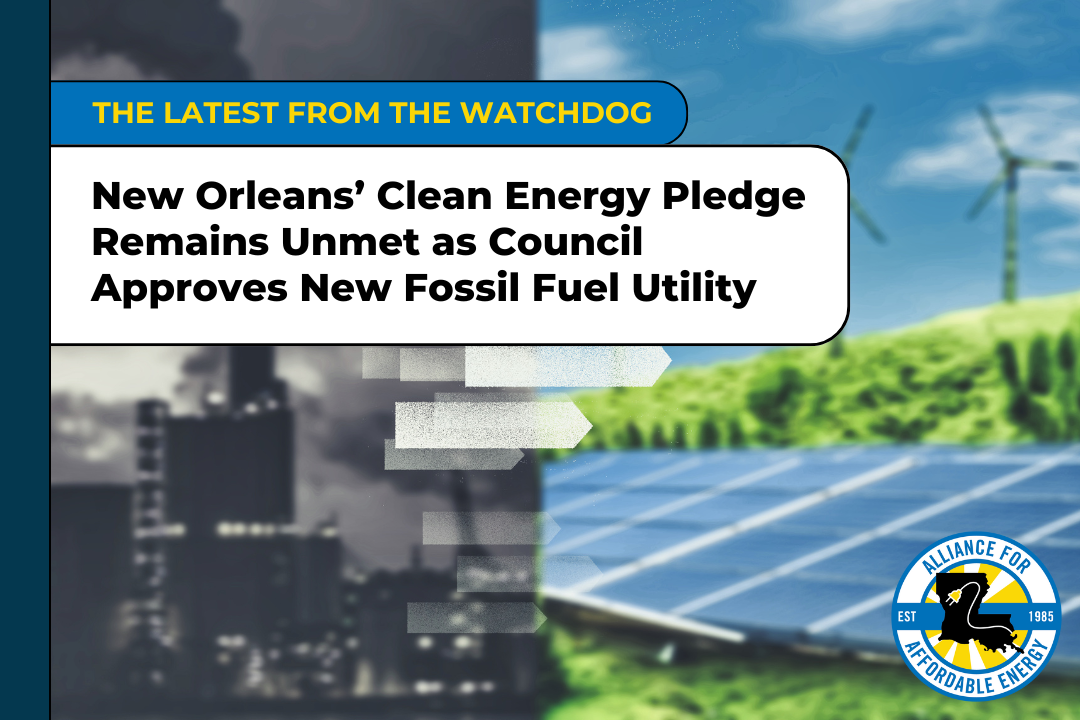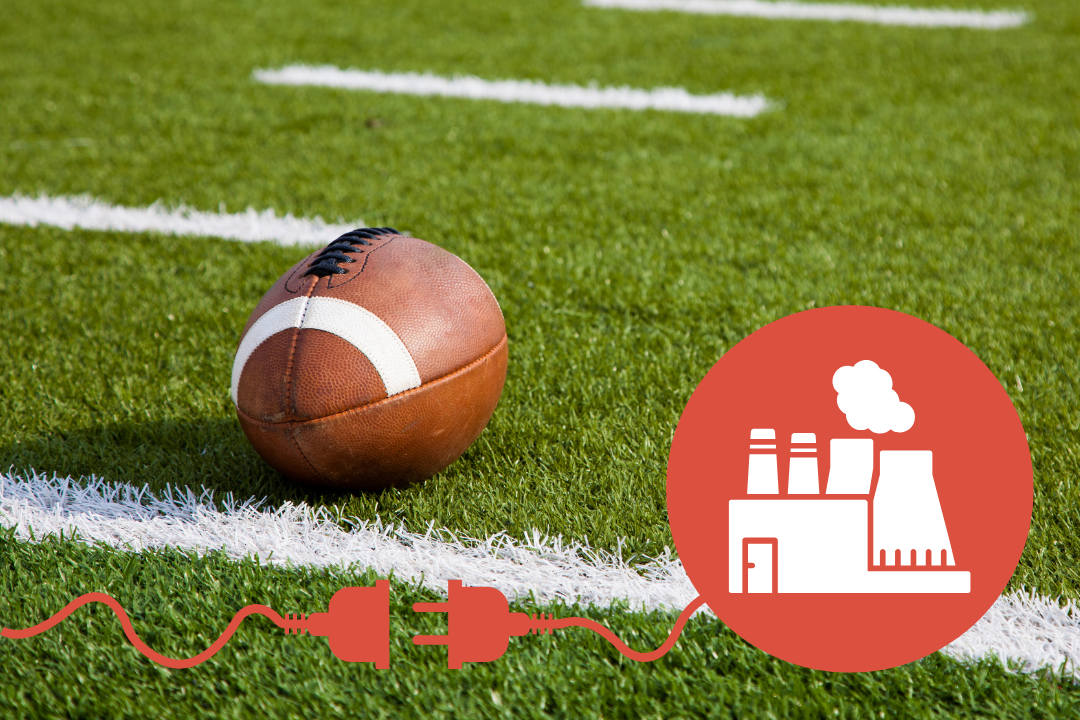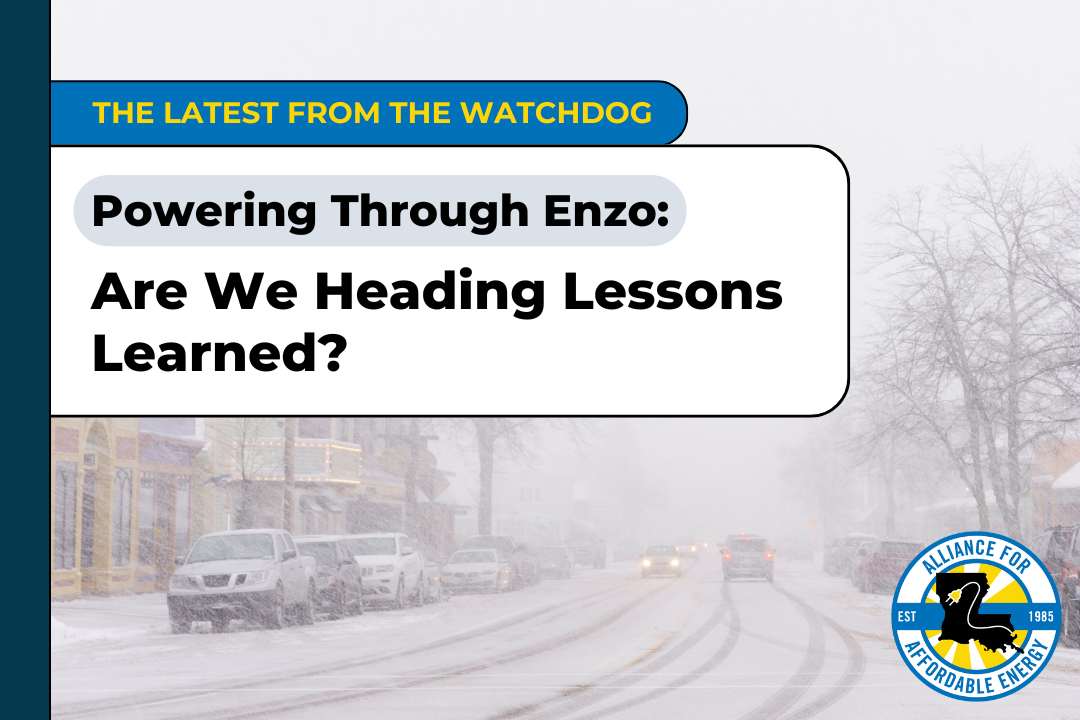Tens of thousands of elderly or disabled residents and households with children depend on lifesaving support from LIHEAP to stay safe in Louisiana’s extreme summers. Our state receives roughly $53 million annually to help people manage electric and gas bills.
LIHEAP is fundamentally about helping vulnerable Americans pay their home energy bills. But it’s much more than that. Energy costs are housing costs, and when a family falls behind on utilities, the effects can cascade, leading to the loss of housing, food, health care and other essentials. Unfortunately, disconnections for inability to pay are already on the rise, causing illness and death. Between June and August 2023, extreme heat in Louisiana cost 25 people their lives, according to the Louisiana Department of Health.
I run the Alliance for Affordable Energy, a policy organization in Louisiana working to ensure everyone has access to the energy they need to thrive. Residents threatened with disconnection call us year-round, and we direct them to LIHEAP, which helps them make ends meet when they are forced to choose between food and medication or keeping the lights on. There’s a good reason LIHEAP is a health program.
But LIHEAP isn’t just about paying bills. The program has also provided millions of dollars each year to help weatherize homes. Many of our homes are ill-equipped to keep occupants safe, healthy and comfortable during July’s heat dome or January’s polar vortex, and LIHEAP weatherization funds help reduce wasted energy, which saves us all money in the long run. Weatherization includes sealing up leaks around doors and windows, installing insulation and making air-conditioning systems more efficient. The Weatherization Assistance Program, which is largely funded by LIHEAP, is an investment that puts money directly into homes, reducing the need for bill assistance in the future. To paraphrase the old parable, give a family cash assistance and they can pay their bills that month; weatherize that family’s home, and they’ll be able to afford their bills year-round.
Utilities around the country also depend on LIHEAP revenue to cover their costs when their customers can’t pay. If utilities aren’t able to meet their operating costs, then they’ll need to turn to their regulators and ask for rate increases, and rate increases raise everyone’s bills. This means that LIHEAP has benefited every American household for nearly 45 years. You’ve benefited from it, even if you’ve never applied for help. This administration keeps using the word “efficiency,” but this appears to be yet another cut that make things generally less efficient and hurts not only the most vulnerable people who apply to LIHEAP, but all of us.








